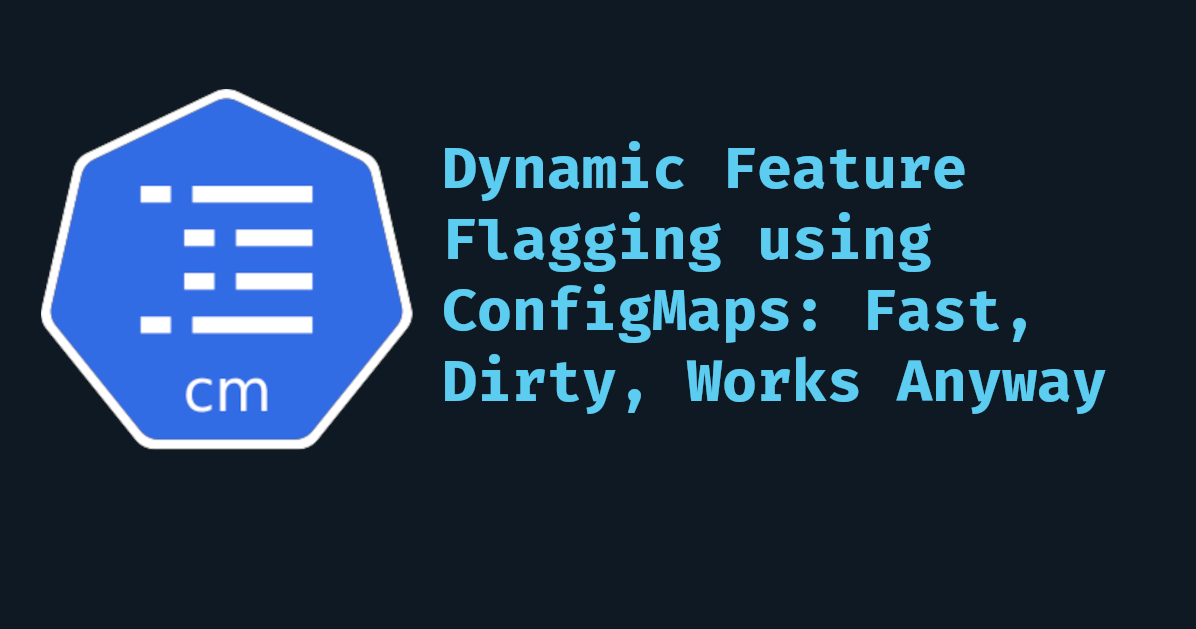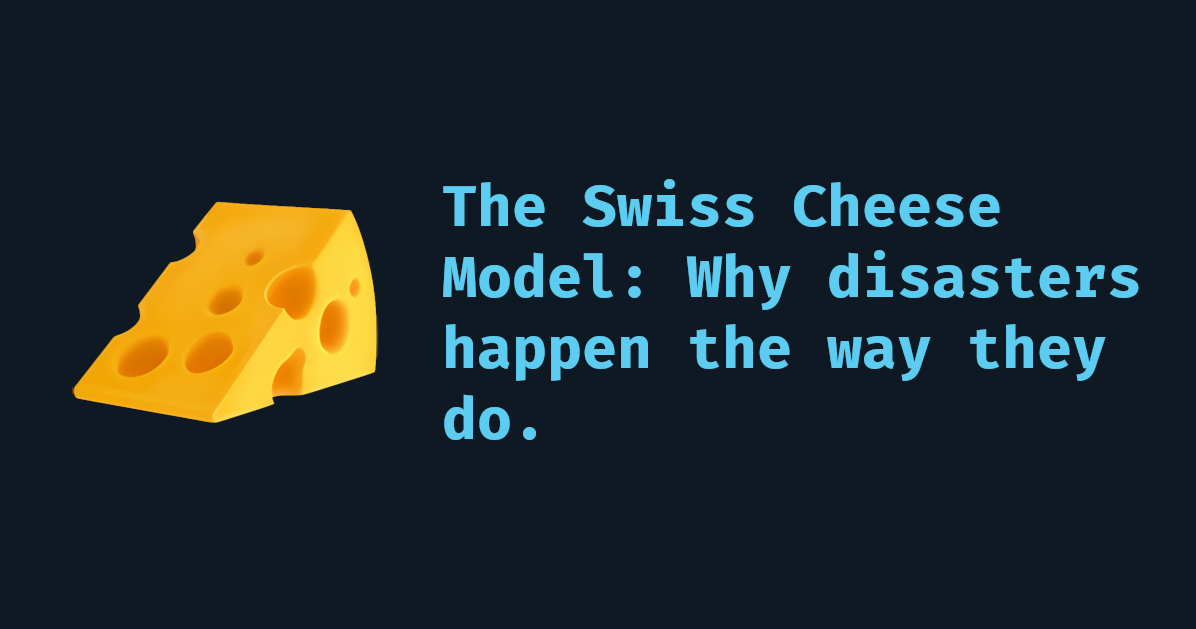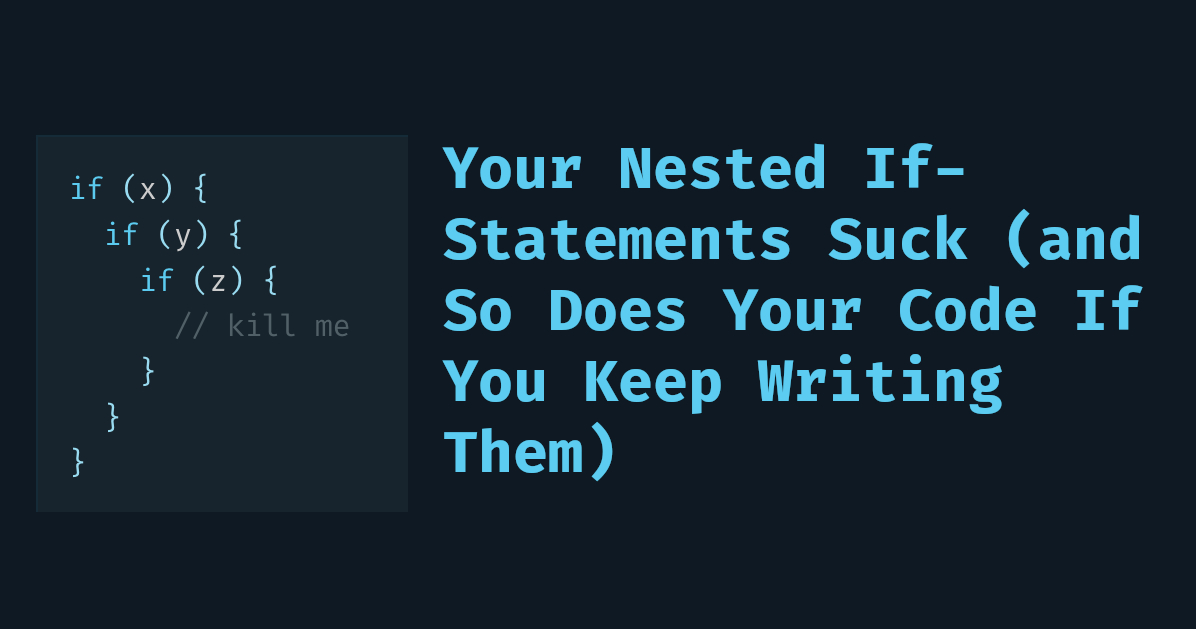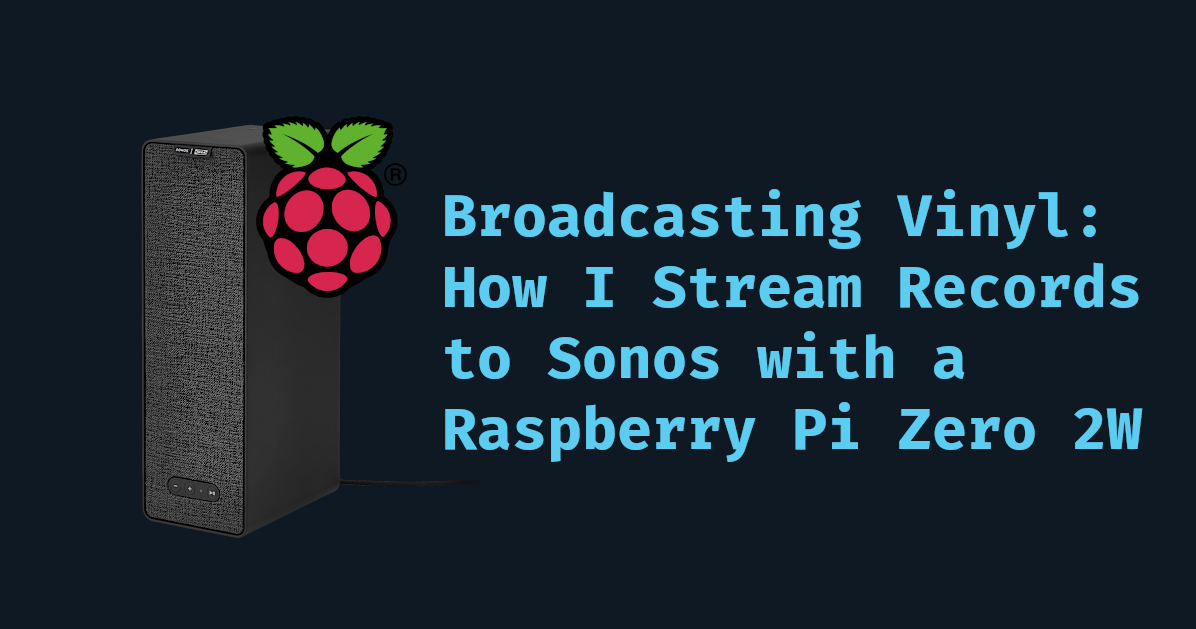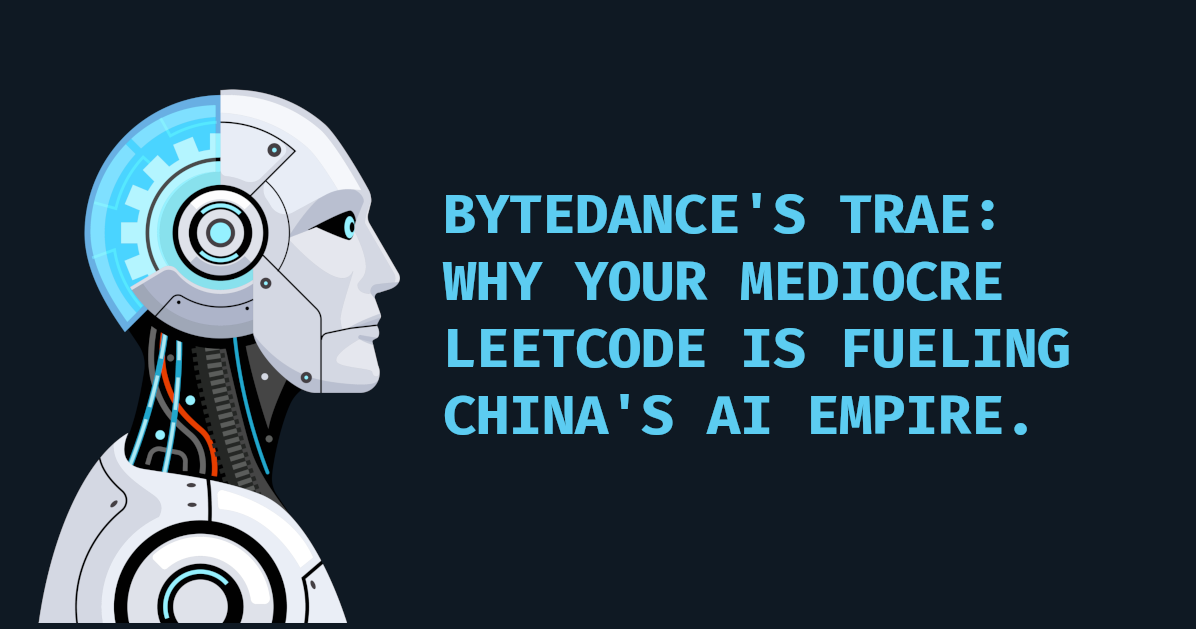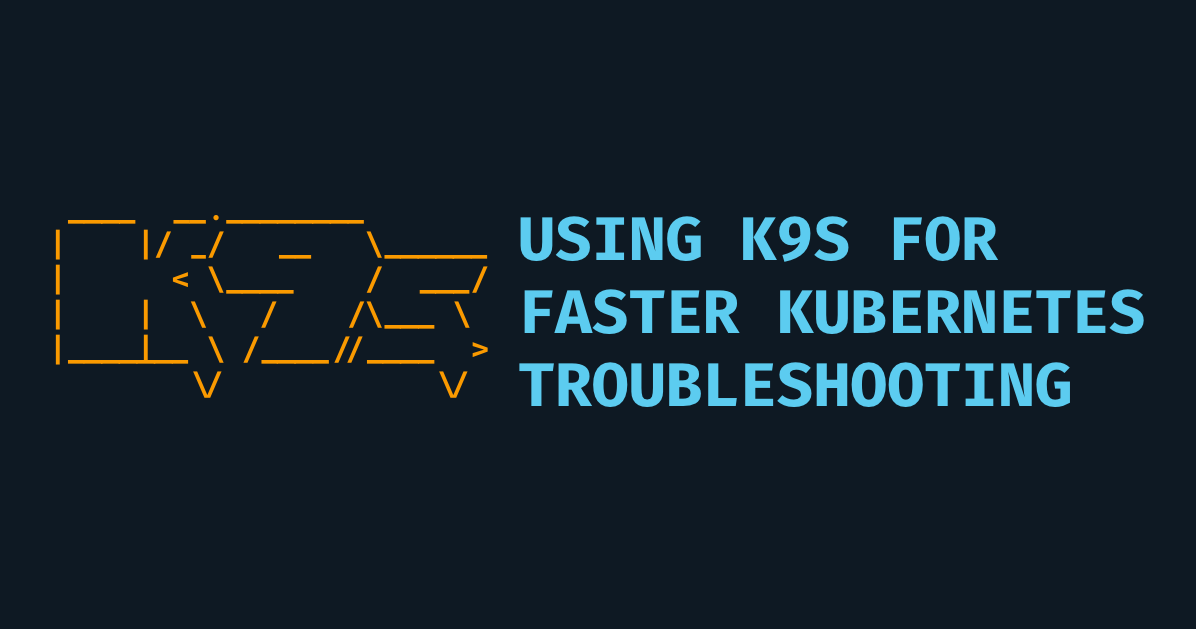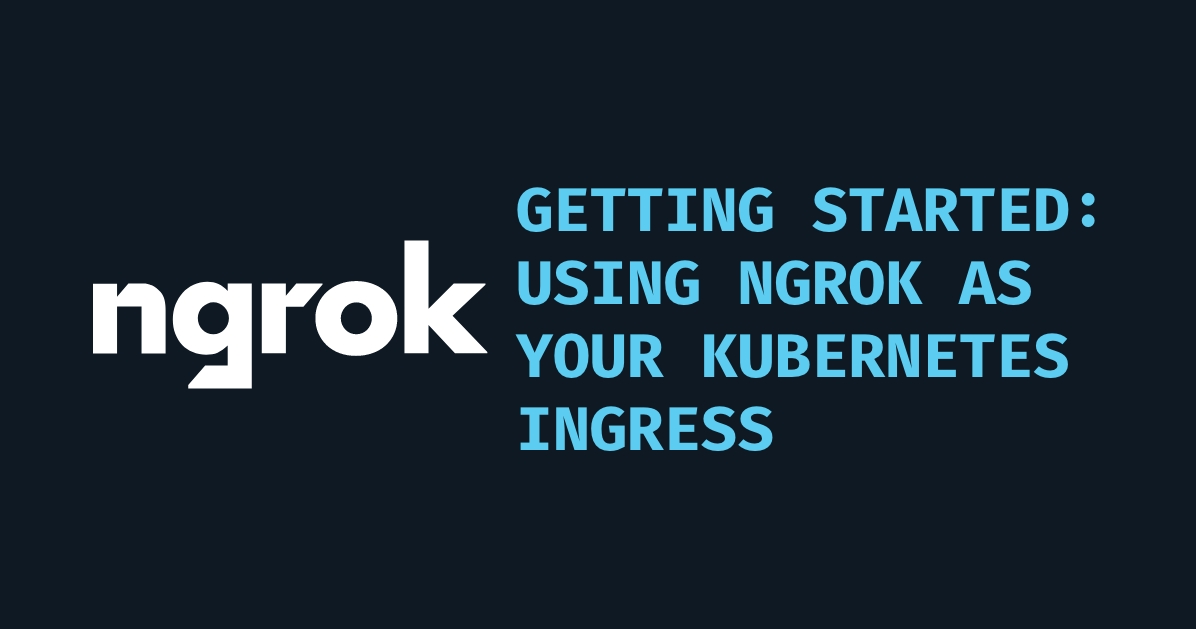If you’ve ever been called awake at 3 AM because your system just decided to implode, you probably blamed the usual suspects: that careless developer, the last deploy, or some flaky hardware. Well, newsflash — it’s almost never just that.
Normal Accidents - When Disaster Is Just Part Of The Plan

